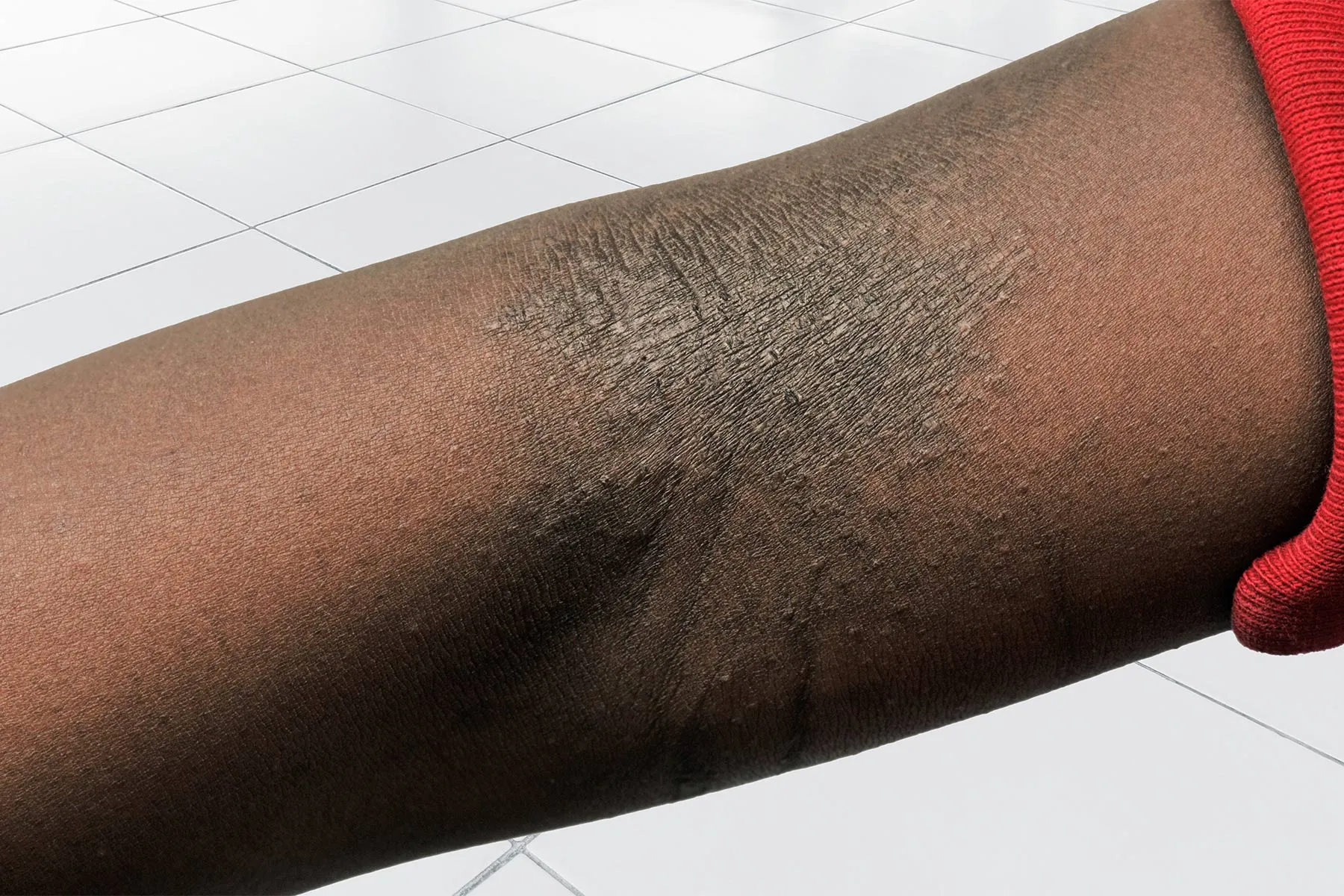The Pros and Cons of Violence Interrupters
As violence interrupter programs grow in popularity, some research raises questions about their effectiveness. At the same tine, they have been thrust into the middle of a larger debate about whether public safety resources should be focused on traditional crimefighting strategies, including beefing up police ranks.


Still photo courtesy WBAL-TV11 Baltimore
The use of violence interrupters―members of local communities who act as mediators to deescalate interpersonal conflicts before they turn violent―has gained prominence as an alternative to policing in the past year.
But the programs are now in the middle of a larger debate about whether public safety resources should be better focused on traditional crimefighting strategies, including beefing up police ranks.
The debate is further complicated by questions about whether violence interrupter programs produce significant results.
The research “is mixed, incomplete, and very difficult to do,” Jeffrey Butts, director of John Jay’s Center for Research and Evaluation, told Vox.
Studies have found that the approach, which often involves local residents who themselves had been gang members or perpetrators of violence, often produces no significant effect on shootings and murders―and some programs were even associated with more violence.
A 2020 review from John Jay College, which examined various alternatives to police, concluded the evidence base for interrupters was “promising but mixed.”
The most promising — a program in Port of Spain, Trinidad and Tobago — “was associated with significant reductions in overall violent crime (–45 percent) and shooting injuries (–39 percent).”
Despite the skeptics, many analysts believe the programs deserve more funding, and a recognition that many of those involved in it are risking their lives.
In Baltimore this year, two volunteers in the city’s Safe Streets Safe Streets program ― Dante “Tater” Barksdale and Kenyell “Benny” Wilson ―lost their lives.
Safe Streets, modeled after Chicago’s CeaseFire program, has been operating in Baltimore since 2007.
“The deaths of Tater and Benny highlight the inherent risk associated with violence prevention and intervention work―not only in Baltimore, but in other major urban municipalities across the country as well,” criminologist Johnny Rice II wrote recently in The Crime Report.
“To honor the sacrifices of these unsung public servants we must continue to invest in and grow these programs, and similar innovative public health initiatives, in efforts to curb the violence spreading through our communities.”
In Minneapolis, Fari Shaheer argues programs like violence interrupters are just one of the menu of community-based responses to violent crime.
“We’re dealing with hostile individuals who don’t trust easily,” Shaheer, founder of the Next Step hospital intervention program, told the Minneapolis Star Tribune. “We’re dealing with a community that’s been shattered by every system.”
Minneapolis lawmakers voted in December to divert roughly $8 million from the police department’s $179 million budget to expand public health strategies to counter violence, including violence interrupter programs like MinneapolUS,
But attention is now focused on a citywide vote scheduled this fall on whether to replace the existing police force with a new agency that proponents say would seek to identify and address the root causes of crime. The measure has come under attack from some community activists worried about violent crime.
Meanwhile, a 2015 review of the research on interrupter programs, published in the Annual Reviews of Public Health, analyzed the results of interrupter programs across several American cities. None of the five studies produced fully positive results, such as reductions in gun violence or murders.
One program in Pittsburgh fared so poorly that it was linked to “an increase in rates of monthly aggravated assaults and gun assaults” in some neighborhoods.
A survey in New York gauged propensity for interpersonal violence among men ages 18 to 30, finding it dropped across areas both with and without interrupter programs but that “the decrease was steeper in Cure Violence areas (33 percent vs. 12 percent).”
The evidence summary from the interrupter program Cure Violence cited the 2009 Chicago evaluation to claim a “41 percent to 73 percent reduction in shootings.”
But the bulk of this reduction wasn’t statistically significant. It didn’t differ from results in control groups, which is why the researchers could only link the intervention to drops in shootings in four of seven study sites. In the context of the current murder increase, relying on interrupters as an alternative to police, and framing it as such, when it lacks evidence is risky.
Additional Reading: The Thin Line Between Perpetrator and Victim, The Crime Report, August 27, 2021.

 Landwebs
Landwebs 



















